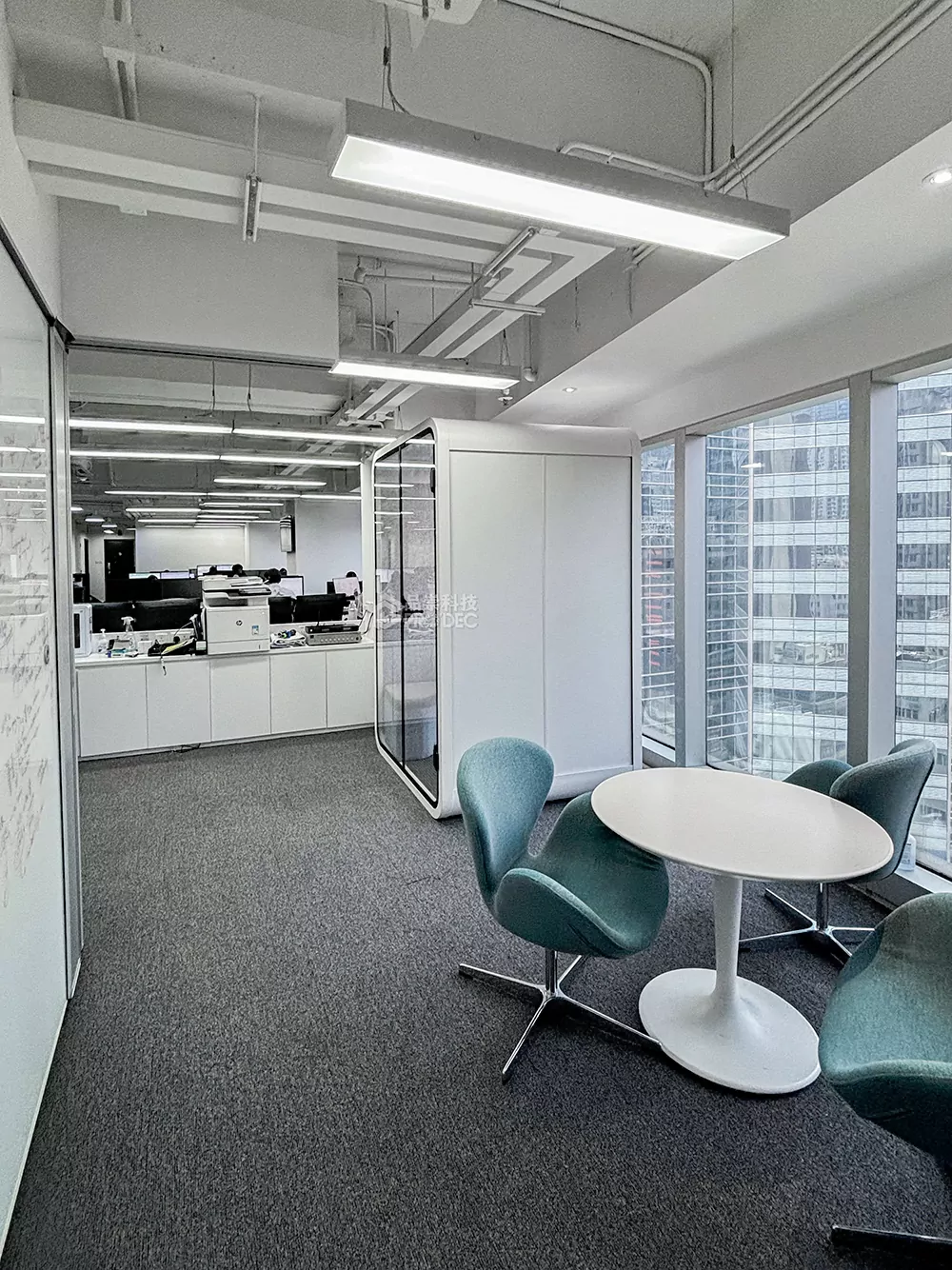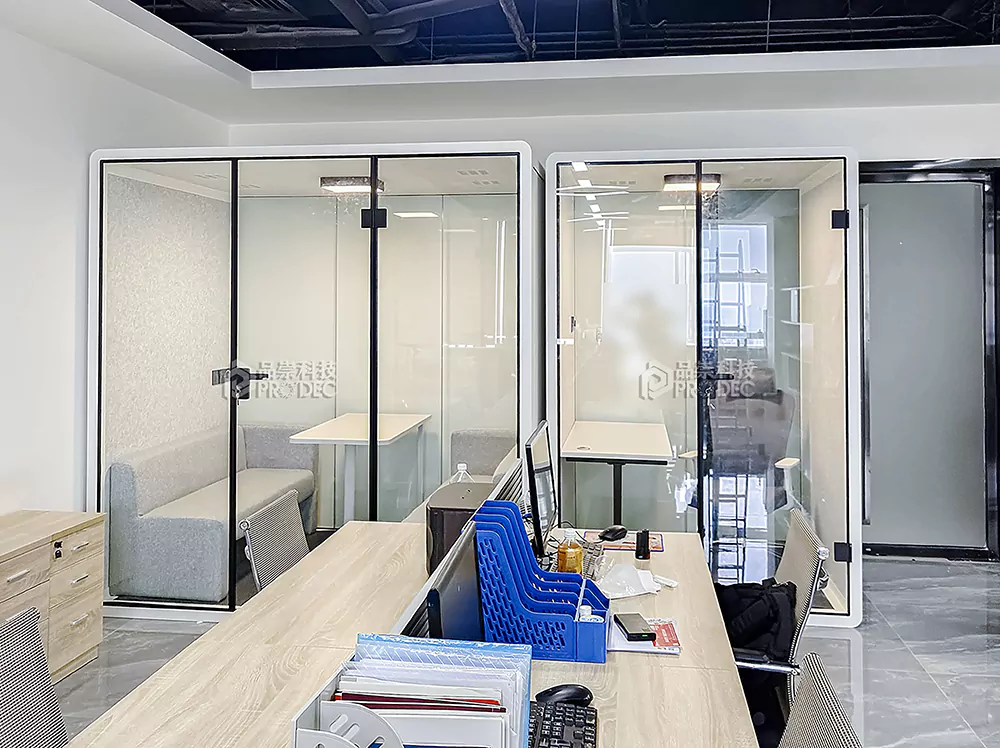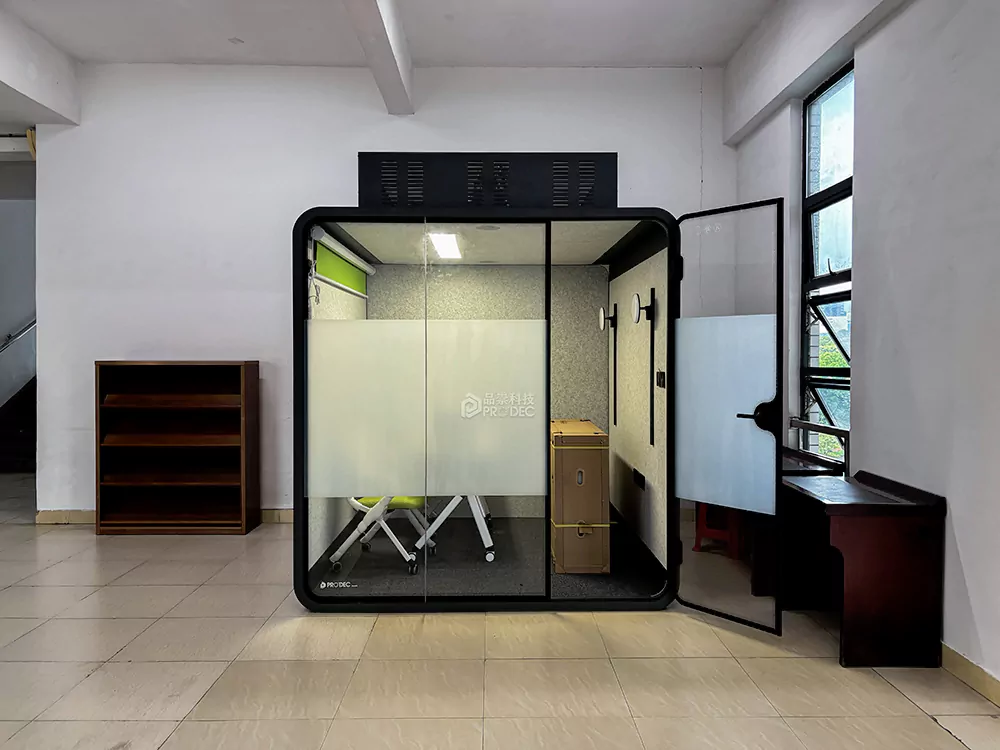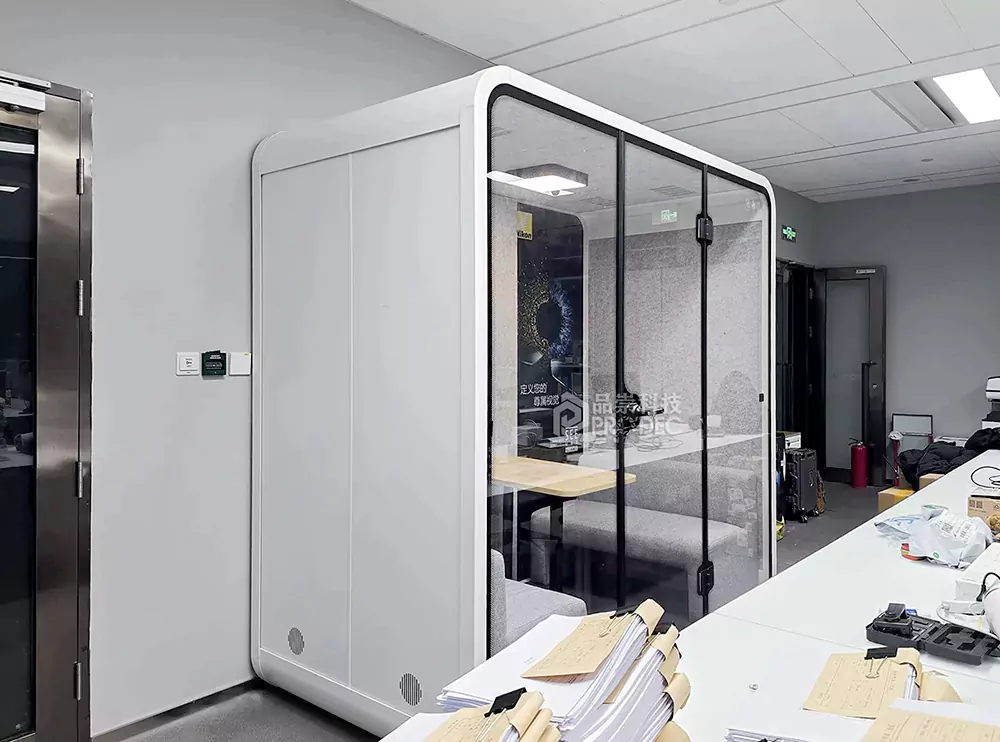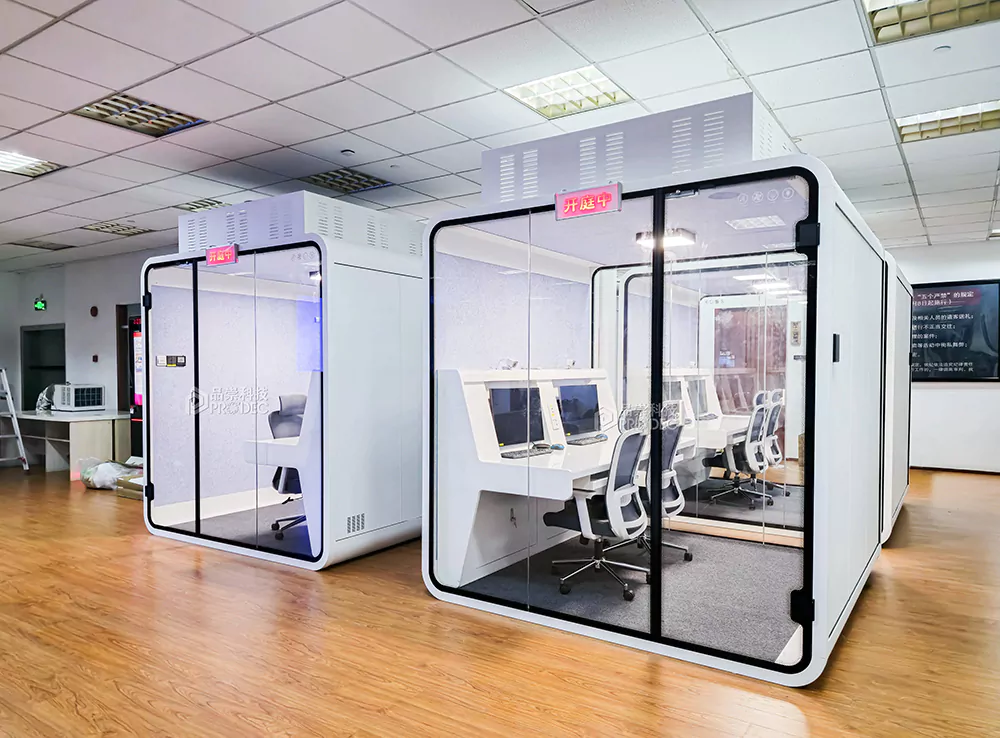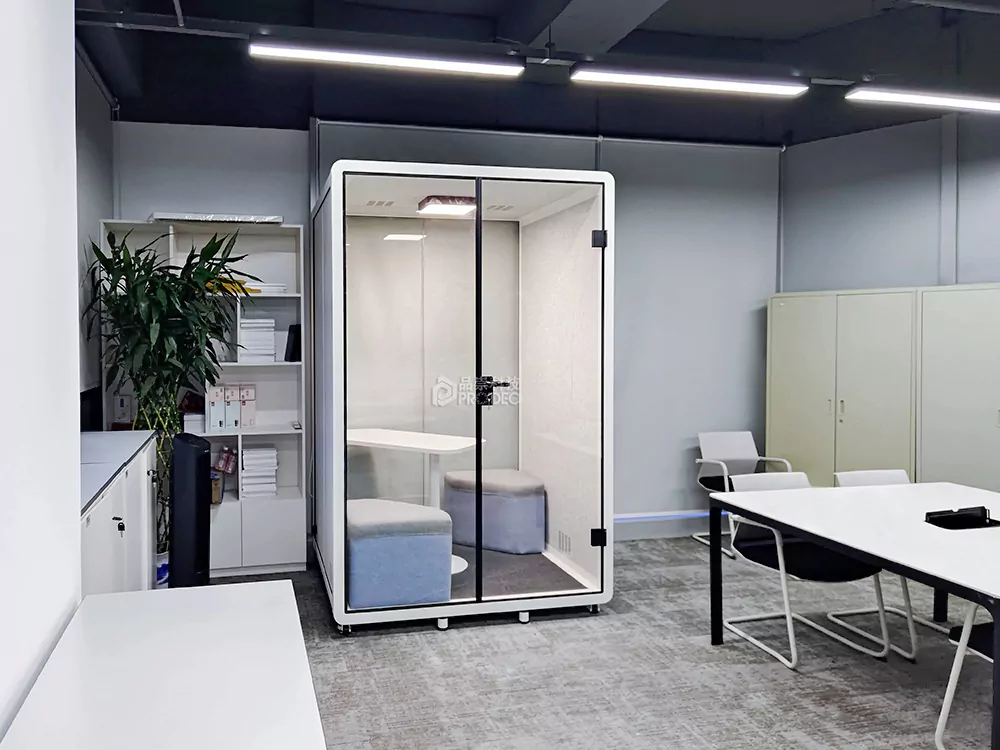soundproof booth for controlled auditory environments
The contemporary open-plan office, collaborative educational spaces, and dense urban residential environments face a growing challenge — acoustic pollution and the lack of private, noise-controlled zones. In response, the soundproof pod (also known as an Acoustic Pod, Phone Booth, or Focus Cabin) has emerged as a critical architectural and ergonomic innovation.
This article provides a comprehensive technical overview of soundproof pods — their core acoustic principles, structural design, material science, environmental control systems, and application-specific considerations. It aims to establish a foundational understanding for architects, facility managers, acoustical engineers, and procurement professionals evaluating the integration of these units into diverse built environments.
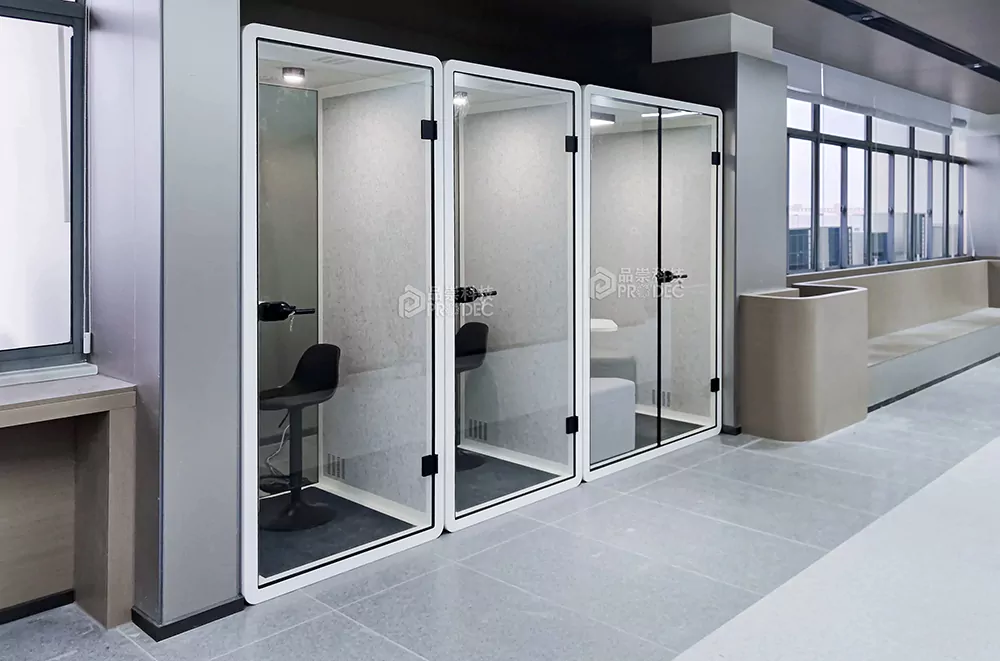
Introduction & Definition
A soundproof pod is a pre-fabricated, semi-enclosed or fully enclosed structure engineered to create a localized zone with significantly reduced acoustic transmission.
Its dual function is:
- To attenuate external ambient noise, ensuring a quieter internal space; and
- To contain internal sounds, maintaining speech privacy and preventing sound leakage.
Unlike standard visual partitions, a soundproof pod’s effectiveness stems from deliberate acoustic engineering rooted in the laws of sound physics rather than simple enclosure design.
Fundamental Acoustic Principles
The performance of a soundproof pod depends on several fundamental acoustic principles:
1. Sound Transmission
Sound propagates as pressure waves through air (airborne sound) and through physical materials (structure-borne sound). Effective soundproofing must mitigate both transmission paths to achieve optimal isolation.
2. The Mass Law
According to the mass law of acoustics, the Sound Transmission Loss (STL) of a barrier increases by approximately 5–6 dB for every doubling of its mass. In practice, this means heavier materials inherently block more sound, forming the foundation of a pod’s wall construction.
3. Damping
Viscoelastic materials are used within the structural layers to dissipate vibrational energy as low-grade heat. This reduces resonance and the “drumming” effect in panels, resulting in smoother frequency attenuation across the audible spectrum.
4. Decoupling
Decoupling — the separation of structural layers — is vital for high-performance sound isolation. Double-wall systems with air gaps break the vibration path, dramatically improving overall STL and minimizing structure-borne noise.
5. Absorption
Inside the pod, acoustic absorption converts residual sound energy into heat, reducing reverberation and echo. Materials such as mineral wool, acoustic foam, and perforated panels optimize speech intelligibility and comfort for users.
Integrated Environmental Control Systems
Modern soundproof pods go beyond acoustic isolation. They incorporate smart environmental control systems for enhanced comfort, productivity, and usability:
- Lighting: Energy-efficient LED systems with tunable color temperatures (3000K–5000K) help align with circadian rhythms and various task requirements.
- Power and Connectivity: Built-in AC outlets, USB-A/C ports, and Ethernet connectivity support professional workflows.
- Active Noise Control (ANC): Premium models utilize ANC technology — capturing low-frequency background noise via microphones and emitting anti-phase sound waves to cancel it. This effectively neutralizes steady noises such as HVAC hums and external droning.
Installation and Site Considerations
Proper installation is crucial. Even the most advanced soundproof pod can underperform if installed incorrectly.
- Flanking Paths: Sound naturally seeks weak points. All service penetrations (for cables or ventilation) should be sealed with non-hardening acoustic sealant.
- Floor Isolation: To prevent structure-borne vibration, pods can be mounted on resilient underlayments to decouple them from the building floor.
- Ceiling Design: Depending on code requirements, pods may feature open-top designs (using plenum barriers) or closed-top constructions for superior acoustic isolation. Closed designs, however, may require specific solutions for fire suppression and ventilation compliance.
Performance Metrics and Material Science
The sound insulation performance of a soundproof pod is often measured using STC (Sound Transmission Class) or Rw ratings, typically ranging between 28–35 dB for commercial models.
Material selection directly influences these results:
- Outer Shell: High-density steel or composite panels provide mass for isolation.
- Inner Layer: Mineral wool or recycled PET fiber for absorption and damping.
- Glass Panels: Double-glazed, laminated glass maintains transparency while delivering acoustic insulation.
Together, these materials balance durability, aesthetics, and acoustic efficiency.
Conclusion
The modern soundproof pod represents far more than a simple enclosed box. It is a precisely engineered acoustic environment, designed through the intelligent application of mass, damping, decoupling, and absorption principles.
When properly specified and installed, soundproof pods provide high-performance acoustic privacy, improving productivity, focus, and overall well-being in open or noisy environments. For architects and designers seeking practical yet elegant solutions to modern acoustic challenges, the soundproof pod is an indispensable element of the future workspace.
Would you like me to add a meta title, meta description, and 5 SEO FAQs (with schema-ready markup) for this page? That would make it fully optimized for Google (ideal for WordPress or B2B product pages).

